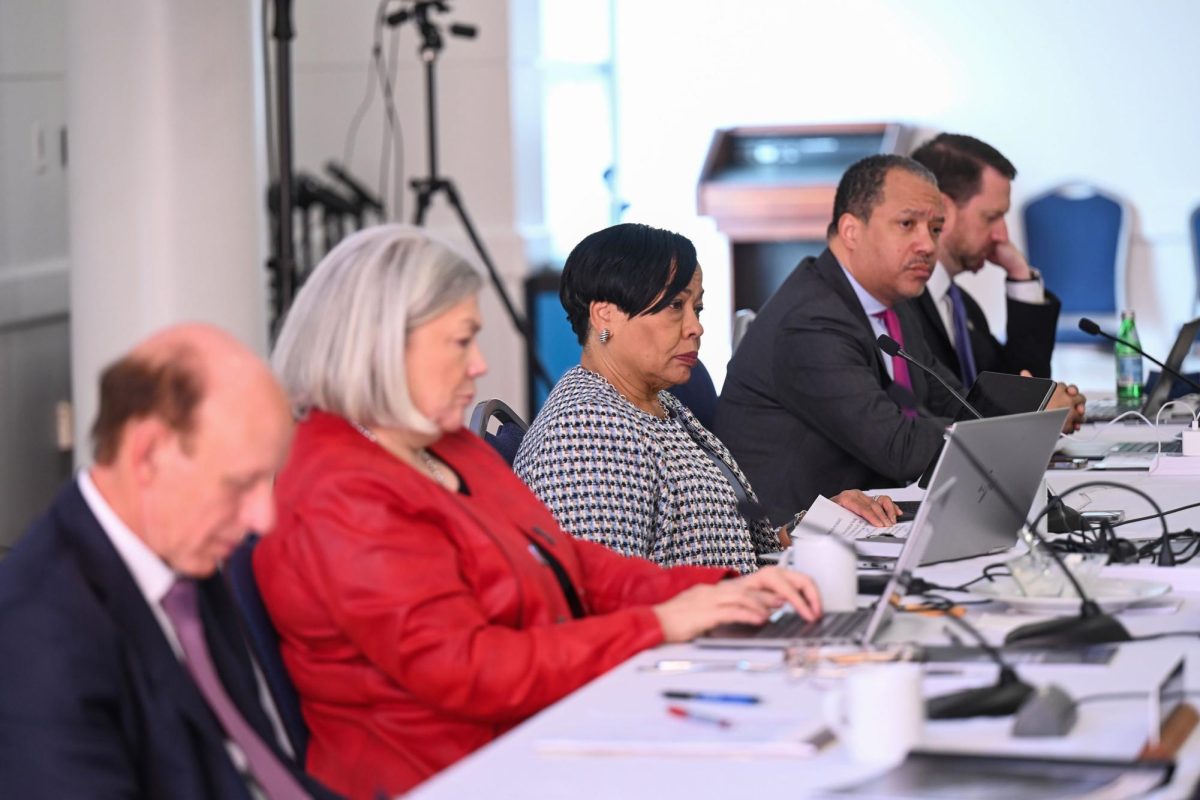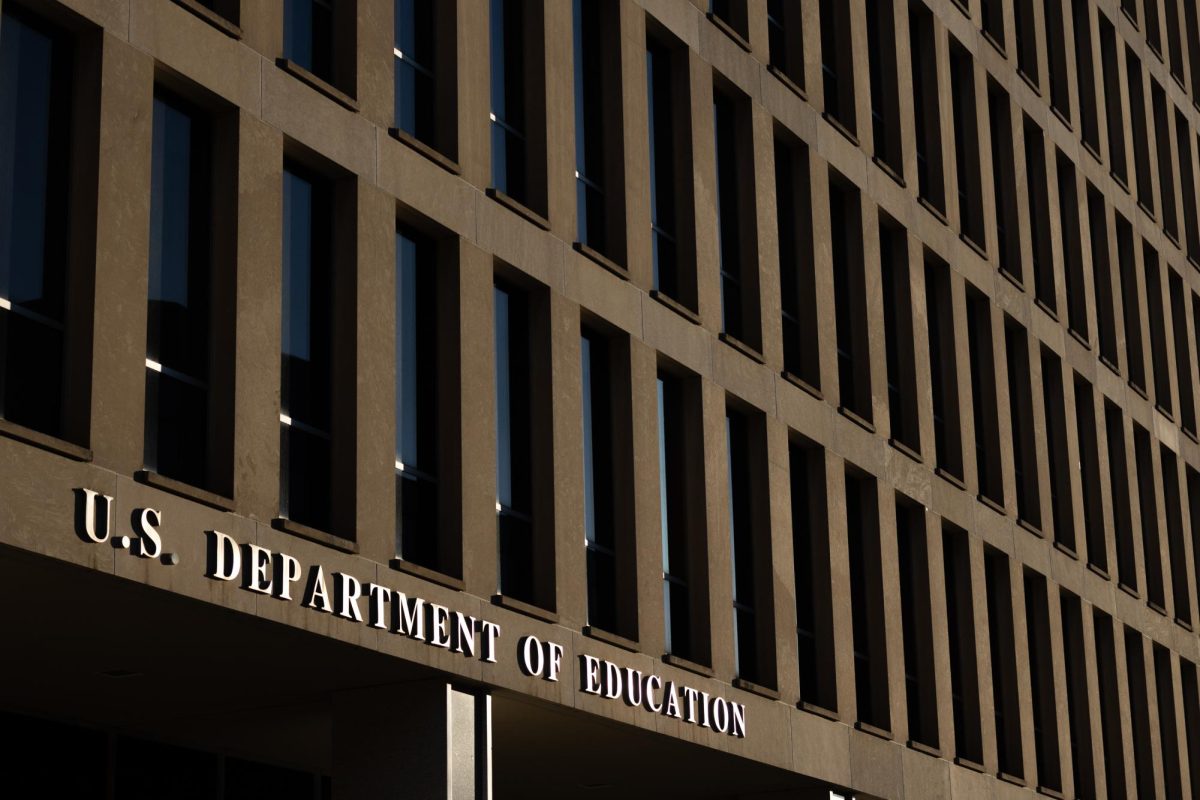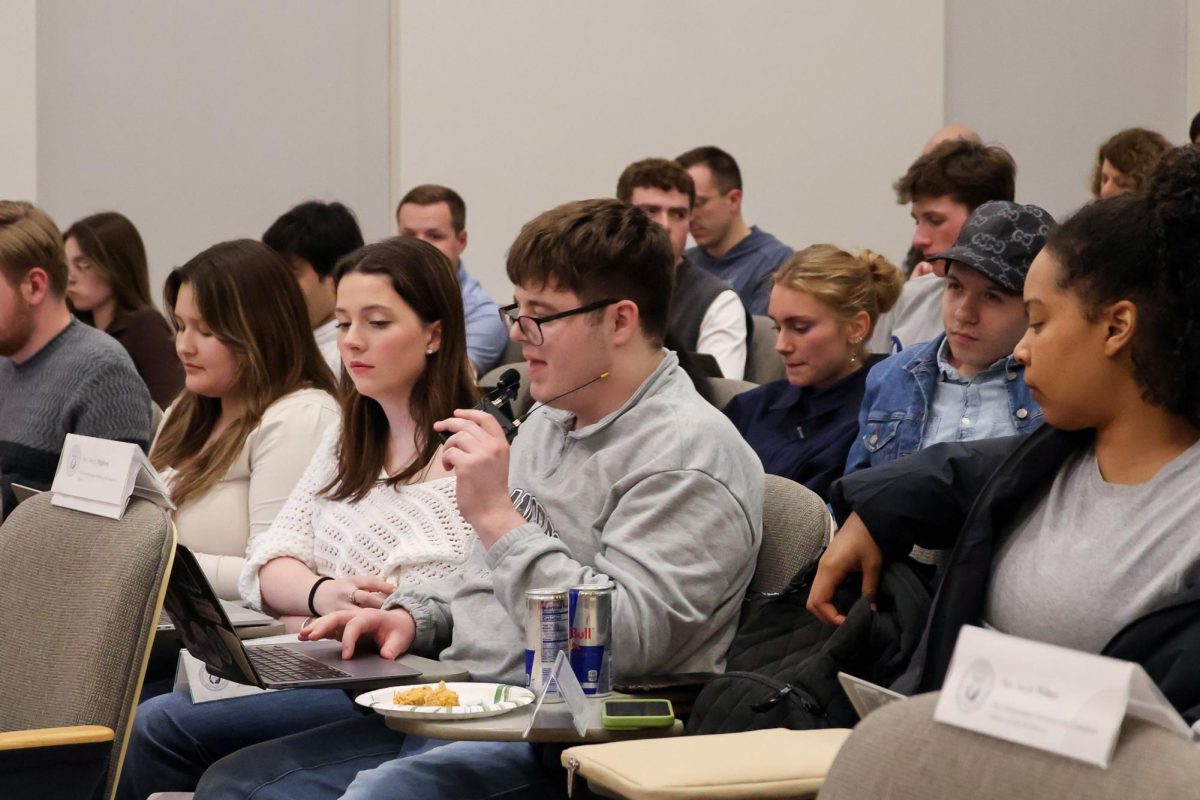The University’s net assets increased by about $300 million during Fiscal Year 2021, GW’s audited financial statements show.
University spokesperson Crystal Nosal said GW’s “strong performance” in its endowment investments – highlighted by a 30.8 percent uptick in its pooled investment, which excludes real estate holdings – helped drive the $300 million increase last fiscal year. The documents indicate that the University’s total assets increased and total liabilities decreased during the fiscal year, while officials implemented a series of budget mitigation efforts during the COVID-19 pandemic, including 339 staff layoffs.
Grant Thornton LLP, an accounting company that reviewed the University’s financial statements, found in its audit that the statements accurately represent GW’s finances, according to the document.
“In our opinion, the consolidated financial statements referred to above present fairly, in all material respects, the consolidated financial position of The George Washington University and subsidiaries as of June 30, 2021 and 2020, and the changes in their net assets and their cash flows for the years then ended in accordance with accounting principles generally accepted in the United States of America,” the document states.
Nosal said officials’ repayment of a $175 million line of credit is the reason for the decrease in the University’s “long-term debt.”
Officials initially secured a $300 million line of credit in response to the pandemic, according to a finance report last fall.
The increase in net assets during Fiscal Year 2021 came during a year when faculty called for officials to tap the University’s endowment to avoid implementing budget mitigation efforts, like layoffs and a hiring freeze. But, Board of Trustees Chair Grace Speights said last May that officials would not do so in the interest of protecting the University’s long-term wellbeing.
Moody’s Investors Service gave GW an A1 rating with a stable outlook last October and Standard and Poor’s Global Ratings affirmed GW’s A+ credit rating in January. Moody’s downgraded the higher education industry as a whole to a negative outlook in March near the start of the pandemic.
The documents also state that the Medical Faculty Associates, a physicians group part of GW’s medical enterprise, employs a liability insurance company that is based in the Cayman Islands.
The MFA owns all the shares to the organization, called the MFA Physician Insurance Company. The group acts as an “insurance captive,” which is a form of self insurance in which the overarching company owns its insurer.
“The Cayman Islands has an efficient regulatory and tax structure for insurance captives,” Nosal said. “The Cayman Islands is the second largest captive insurance jurisdiction worldwide, number one for health care sector captives.”
Nosal said officials at the insurance company are in the process of relocating from the Cayman Islands to the District by November given that D.C. has become a “leading jurisdiction” for insurance captives in the United States over the past few years.
Experts in higher education said the increase in net assets indicates that the University has been able to weather the pandemic.
Frank Fernandez, an assistant professor of higher education administration and policy at the University of Florida, said university endowments can be difficult to analyze because officials cannot immediately extract the endowment funds that have been invested.
“You don’t use a million dollars – you use the interest off of that, so you kind of invest the initial sum of money,” he said. “And then you only really are pulling out like 5 percent a year about on average so that you can keep that money going for the long term. You’re just using a small portion of it.”
Forbes gave GW an overall financial grade of B prior to the pandemic, considering its assets, liquidity and debts. Despite an overall decrease in liquid capital for Fiscal Year 2021, Fernandez said he was optimistic about GW’s standing.
“Generally, I think the University is trying to bunker down and get through this terrible, ongoing pandemic like many universities are trying to do,” he said. “It may not feel like it, but it doesn’t seem like things are getting worse at GWU.”
Robert Kelchen, a professor of higher education at the University of Tennessee, said the pandemic likely played a role in the increase in net assets.
“Revenue from sources like tuition and housing was often down, but it was a great year for endowments,” he said.
Kelchen said a “healthy” university would aim for a profit margin between 3 and 5 percent.
“In general, universities will increase their assets year over year, as they try to get more money and also grow facilities,” he said.








